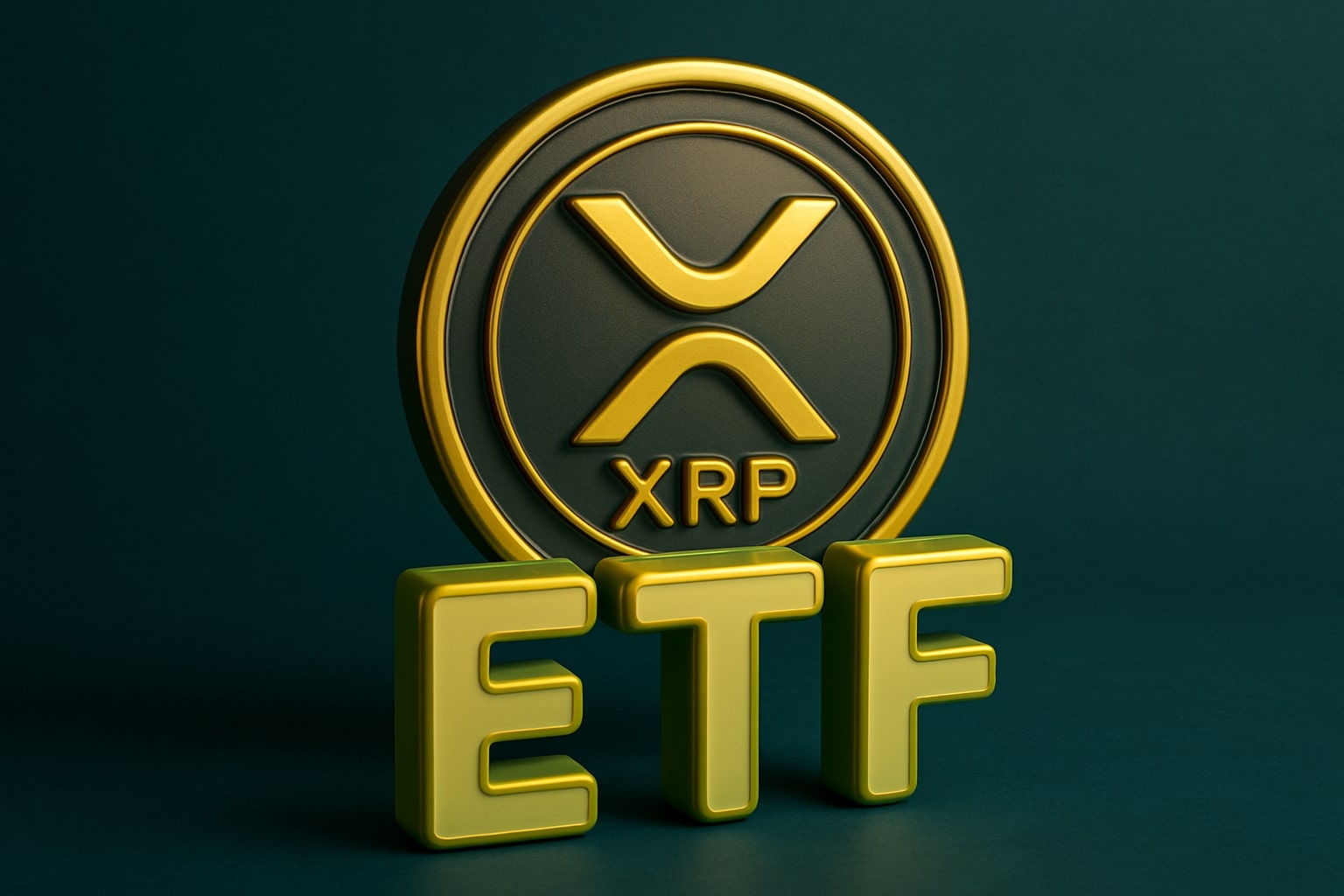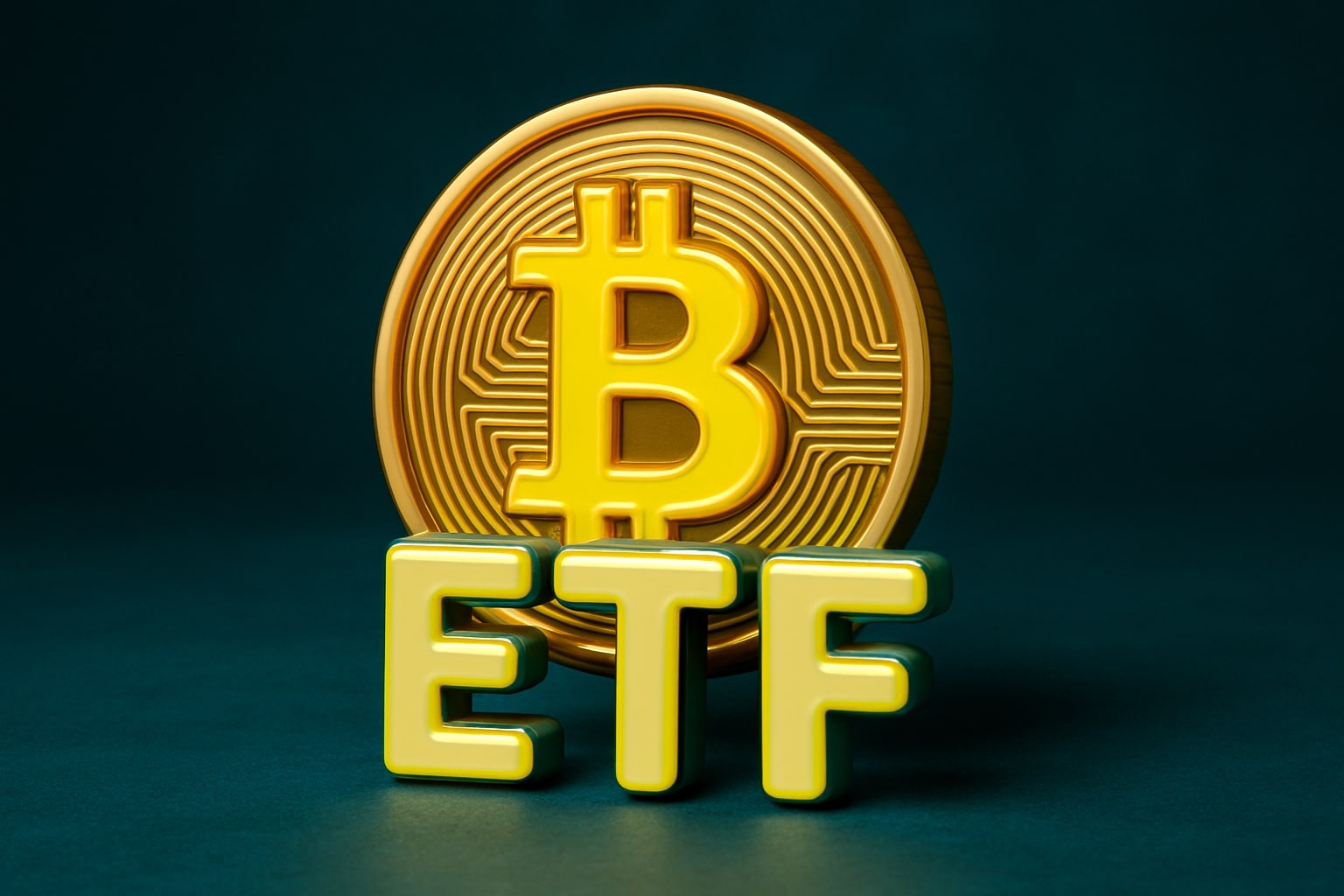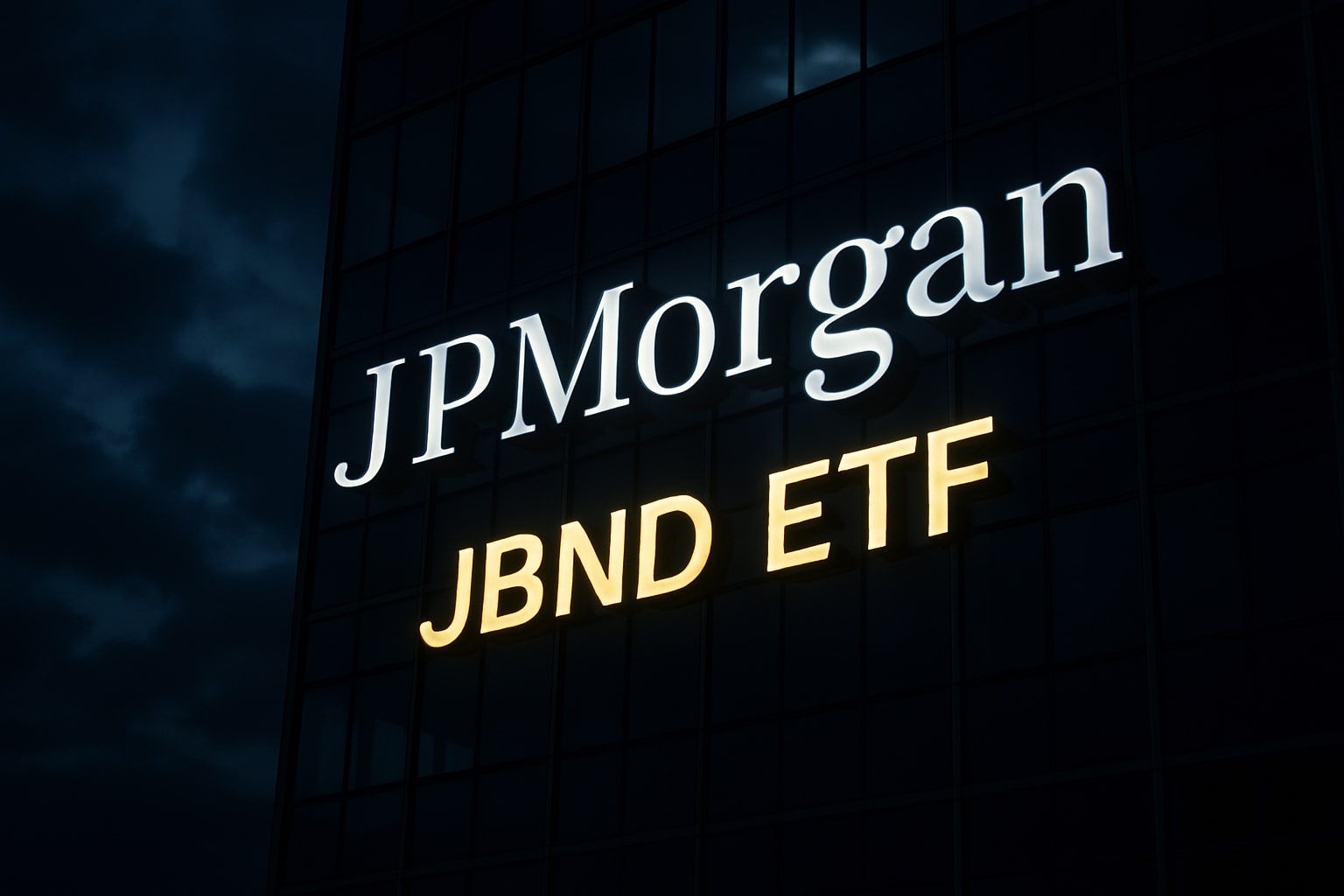Long-Term Holders Dominate as MVRV Underscores Accumulation Zone
Metrics from Santiment reveal Bitcoin’s 30-day Market Value-to-Realized Value (MVRV) ratio at -7.56 %, placing the asset within an undervaluation pocket typically observed near cyclical bases. Negative readings indicate the average holder is underwater, historically the stage when distribution dries up and accumulation begins.
Concurrently, leveraged exposure across derivatives markets has normalised: open interest in perpetual futures is up just 4 % compared with last week, suggesting organic spot-led buying rather than speculative chasing. Liquidation risk is consequently lower, stabilising market structure and enabling patient accumulation by wallets with multi-year horizons. Such conditions mirrored those of mid-2020 and early-2023, both precursors to major uptrends.
Institutional Expansion Deepens Bitcoin’s Financial Integration
Institutional architecture continues to mature rapidly. U.S. Bancorp announced a dedicated digital-asset and money-movement division, integrating Bitcoin custody, tokenised deposits and stable-coin issuance directly into its banking stack. This step transforms crypto exposure from an ancillary service into a regulated core product. Chief Executive Jamie Walker highlighted plans to use blockchain settlement rails for cross-border flows and corporate-deposit-backed stable-coins, effectively merging traditional banking with tokenised liquidity.
At the corporate level, Newsmax Inc.—valued near $1.5 billion—approved a $5 million Bitcoin and Trump Coin purchase for its treasury, calling Bitcoin “the gold standard of digital assets.” Meanwhile, a new survey indicates 67 % of institutional investors anticipate Bitcoin’s price will rise within the next six months, citing liquidity improvement and credible infrastructure as tailwinds. Collectively, these developments confirm that institutional participation is migrating from peripheral speculation to embedded allocation.
Public-Sector Adoption Emerges Through State-Level Legislation
Government initiatives are starting to institutionalise Bitcoin exposure within public portfolios. Florida’s HB183 Bitcoin Reserve Bill proposes allocating up to 10 % of state pension and trust assets to approved digital instruments beginning mid-2026. Similar frameworks are under discussion in Texas, Arizona, and New Hampshire, signalling a nationwide shift toward digital diversification. Even modest adoption across state funds could unleash billions in incremental demand. This structural change positions Bitcoin not merely as a speculative store of value but as an emerging reserve component parallel to gold and Treasuries—an unprecedented evolution in U.S. fiscal management.
Technical Structure Points to a Potential Breakout Range
Price behaviour reinforces this institutional narrative. BTC maintains a tight upward channel between $107,000 and $113,500, consolidating beneath a resistance cluster formed by the 200-day Exponential Moving Average around $108,500. A decisive daily close above this zone would validate the medium-term breakout pattern, targeting $120,000 as the next liquidity pocket.
Above $115,800, Fibonacci extensions project an advance toward $125,000, aligning with historical expansion targets from prior cycles. Downside risks remain controlled: strong bids persist around $104,550, with secondary support at $102,000. The overall structure continues to display higher lows and narrowing volatility—conditions that typically precede directional resolution in Bitcoin’s favour.
Layer-2 Expansion Adds a New Dimension to the Bitcoin Ecosystem
Innovation within the Bitcoin ecosystem is accelerating as developers push scalability boundaries. Bitcoin Hyper (HYPER), a Layer-2 network built on the Solana Virtual Machine, aims to fuse Bitcoin’s security model with Solana’s high-throughput architecture. Its presale has raised over $24.6 million, with tokens priced at $0.013145 and audited by Coinsult and SpyWolf. Investors are drawn by 49 % APY staking and low-cost transaction infrastructure enabling smart-contract functionality atop Bitcoin’s base layer.
This convergence between security and scalability could prove transformational: by extending DeFi and dApp capability to BTC’s network, projects like HYPER enhance Bitcoin’s utility beyond a passive store of value. If BTC achieves a breakout, capital rotation toward such Layer-2 ecosystems is likely to accelerate, reinforcing the feedback loop between core-asset strength and peripheral innovation.
Market Psychology Turns Constructive as Volatility Compresses
Sentiment indicators confirm a decisive behavioural shift. The Crypto Fear & Greed Index has begun climbing from deep fear territory, while perpetual-futures funding rates have reverted to neutral—evidence of balance between long and short exposure. Nearly 95 % of top-100 digital assets have posted gains in the last two sessions, a breadth rarely seen since late 2021.
Meanwhile, gold’s rally has stalled near $4,250 per ounce, suggesting exhaustion in traditional hedges. Historically, such plateaus precede a transfer of capital into Bitcoin as investors pivot from inflation protection to growth-risk exposure. Correlation matrices now show BTC’s linkage to equities and commodities declining, a hallmark of maturing asset behaviour as it develops its own macro rhythm driven by liquidity and adoption rather than speculative sympathy trades.
Strategic Assessment: Tight Supply Meets Expanding Institutional Base
All current data converge on a single conclusion: Bitcoin’s market structure is strengthening beneath the surface. Exchange reserves continue to dwindle, long-term holders dominate supply, and regulated financial institutions are embedding crypto rails into their core operations. Macro variables—softer inflation, dovish policy expectations, fiscal stability, and declining dollar momentum—collectively reinforce a favourable environment.
Technically, the decisive level remains $113,500. A confirmed breakout above that resistance could unlock acceleration toward $120,000 in the short term and $125,000 in extended projection. Support anchored at $107,000 provides a sturdy foundation for bulls to defend. Given the confluence of structural scarcity, improving liquidity, and institutional accumulation, the balance of probabilities favours sustained upside into year-end.
With market depth expanding and volatility compressing, the outlook for BTC-USD remains strongly bullish, positioning Bitcoin as one of the few major assets displaying both cyclical recovery and structural maturation heading into the final quarter of 2025.


















